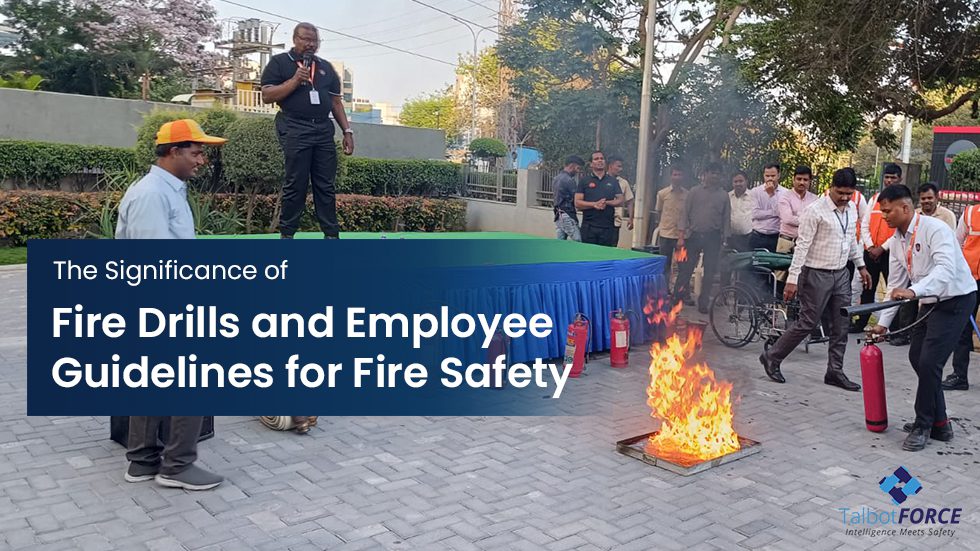The Significance of Fire Drills and Employee Guidelines for Fire Safety
Fire drills are not just a regulatory obligation; they are crucial for ensuring the safety and well-being of everyone within a workplace. Beyond meeting legal requirements, fire drills are vital opportunities to practice emergency procedures, educate employees about fire safety protocols, and identify any weaknesses in the evacuation plan.
In this blog, we’ll delve into the significance of fire drills and provide essential guidelines for employees to follow to enhance fire safety in the workplace.
Importance of Fire Drills:
- Preparedness: Fire drills prepare employees for emergencies, ensuring they know what actions to take during a fire. Regular drills help in still a sense of readiness and confidence, reducing panic and confusion during an actual emergency.
- Identification of Weaknesses: Conducting fire drills allows organizations to identify weaknesses in their emergency response plans. Whether it’s inefficient evacuation routes, malfunctioning alarm systems, or inadequate training, these drills help address shortcomings and improve overall safety protocols.
- Training Opportunity: Fire drills provide valuable training opportunities for employees to familiarize themselves with evacuation procedures, emergency exits, and assembly points. This hands-on experience reinforces learning and equips individuals with the knowledge needed to respond effectively in a crisis.
- Compliance: Compliance with fire safety regulations is mandatory for businesses. Regular fire drills demonstrate a commitment to compliance and ensure that organizations meet legal requirements set forth by regulatory authorities.
- Safety Culture: By prioritizing fire drills, organizations cultivate a safety-conscious culture where employees understand the importance of fire safety and actively participate in emergency preparedness efforts.
Employee Guidelines for Fire Safety:
- Familiarize Yourself with Emergency Procedures: Take the time to familiarize yourself with the workplace’s emergency evacuation procedures, including the location of emergency exits, fire alarm activation points, and assembly areas.
- Stay Calm and Alert: In the event of a fire alarm, remain calm and alert. Follow evacuation procedures promptly and assist others who may require help, but without putting yourself in danger.
- Use the Nearest Exit: When evacuating, use the nearest safe exit and avoid using elevators, which may become inoperative during a fire. If smoke is present, stay low to the ground where the air is clearer.
- Leave Belongings Behind: Do not attempt to retrieve personal belongings during an evacuation. Focus on exiting the building quickly and safely, leaving belongings behind to avoid delays or risks.
- Account for Everyone: Once outside, move to the designated assembly point and ensure that everyone from your area is present. If someone is missing, inform the designated personnel or emergency responders immediately.
- Follow Instructions: During fire drills or actual emergencies, follow instructions from designated personnel or emergency responders. Cooperation and adherence to instructions are essential for ensuring a safe and orderly evacuation.
- Report Hazards: Be proactive in reporting any fire hazards or safety concerns to management. This includes malfunctioning fire alarms, blocked emergency exits, or flammable materials stored improperly.
In conclusion, fire drills play a critical role in enhancing workplace safety by preparing employees for emergencies and identifying areas for improvement in fire safety protocols. By adhering to established guidelines and actively participating in fire drills, employees contribute to a safer work environment for themselves and their colleagues. Remember, in the event of a fire, staying calm, following procedures, and prioritizing safety are paramount.
